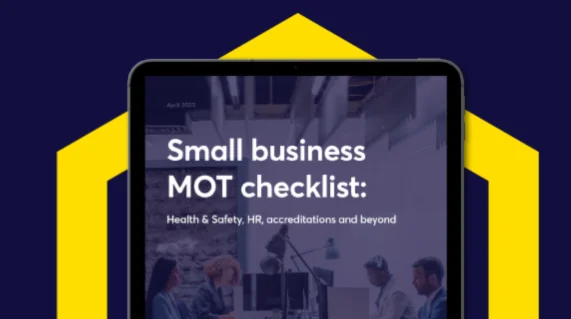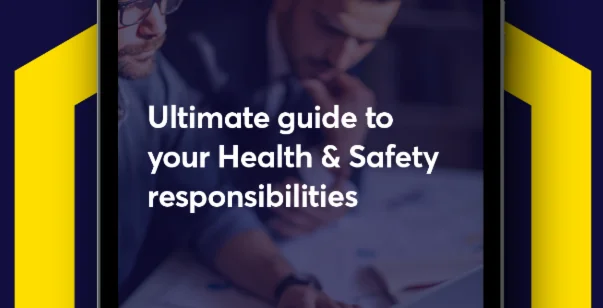Confined Space Risk Assessment
What is a Confined Space Risk Assessment?
A confined space risk assessment identifies potential hazards in enclosed or partially enclosed spaces where risks such as limited oxygen or toxic substances might exist. Carrying out a risk assessment for confined spaces is crucial, as these can expose individuals to serious dangers that could be life-threatening without proper precautions. For instance, carbon monoxide can build up naturally from materials like wood pellets, posing significant risks in oxygen-deficient environments.
Examples of confined spaces
Common examples of confined spaces include:
- Storage tanks
- Manholes, sewers and tunnels
- Silos
- Ventilation ducts
What are the requirements for working in confined spaces?
As an employer, you have a legal responsibility under the Confined Spaces Regulations 1997 and the Health and Safety at Work Act 1974 to make sure you implement the correct measures to ensure the safety of your employees at work. This means you should carry out a suitable and sufficient assessment of the risks for work in confined spaces, this means identifying the hazards present, assessing the risks and determining what precautions to take.
Specific risks that could lead to serious injuries include:
- Fire or explosion: Causing harm from flames or blast forces.
- Heat or oxygen-related: Loss of consciousness from extreme heat or lack of oxygen, including risks from gases or fumes.
- Drowning: Due to rising liquid levels in a confined space.
- Solid entrapment: Asphyxiation or being unable to access breathable air because of surrounding solids.
How can you reduce the risks of working in confined spaces?
Here are some of the ways you can reduce the risks associated with working in confined spaces:
- Ensure proper ventilation to maintain safe air quality.
- Use gas detection equipment to monitor atmospheric conditions continuously.
- Train employees on confined space procedures, risks, and emergency actions.
- Provide appropriate PPE such as respirators and safety harnesses.
- Establish a standby rescue team equipped for emergencies.
- Implement a Permit-to-Work system to document safety measures and authorise entry.
To help assess the risks with confined spaces in your workplace along with how to control them, our IOSH and NEBOSH qualified Health & Safety specialists have put together a FREE Confined Space Risk Assessment for you to download and apply to your business.
To download your Confined Space Risk Assessment template, simply fill out your details in the form opposite.
Need extra support?
We understand that managing your HR and Health & Safety measures, including carrying out a confined space risk assessment, can often feel overwhelming, but it doesn’t have to be. As a compliance provider, we specialise in supporting businesses across all industries with their responsibilities and we can help you with yours – so your employees stay safe at work and your business stays compliant. To speak to one of our experts, you can call us on 0161 820 6932 or you can request a callback and we’ll be in touch at a time that suits you.





